Zelensky’s push for a peace deal and security in 2025
- Update Time : Monday, January 13, 2025
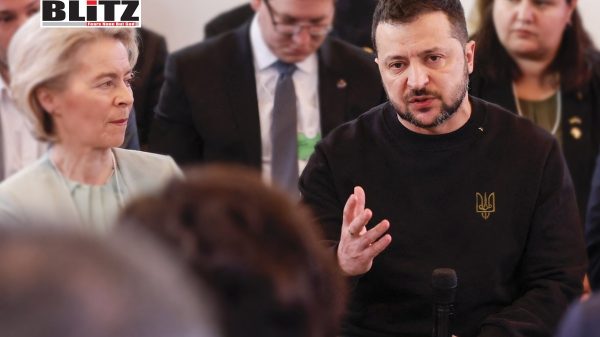
Ukrainian President Vladimir Zelensky has reiterated his commitment to securing a peace agreement with Russia by 2025, emphasizing the need for robust security guarantees from Western allies. In an interview with Italy’s Rai News 24 on January 10, Zelensky highlighted that long-term peace hinges on these guarantees, asserting that Ukraine’s NATO membership would provide the most effective solution. While Zelensky’s aspirations reflect a deep desire for stability, the path to a comprehensive agreement remains fraught with geopolitical complexities.
During the interview, Zelensky stressed the urgency of restoring peace, underscoring that Ukraine’s losses-both in human lives and infrastructure-have been devastating. “It is our wish to get [security] guarantees and to end the war this year; we will do anything for this,” he stated. However, he insisted that any peace settlement must include assurances from Western powers to prevent future Russian aggression.
“This is for the protection of Ukraine… and the whole of Europe,” Zelensky remarked, framing the conflict as a broader challenge to European security. He accused Russian President Vladimir Putin of harboring intentions to “destroy Ukraine,” a claim Moscow has repeatedly dismissed as baseless propaganda.
Zelensky has long advocated for Ukraine’s integration into NATO, viewing it as a cornerstone of his country’s security strategy. However, Moscow has consistently opposed Ukraine’s NATO ambitions, citing them as a primary catalyst for the ongoing conflict. The Kremlin has made it clear that any peace agreement must ensure Ukraine’s neutrality, alongside demands for the country’s demilitarization and “denazification.”
These demands highlight the chasm between Kiev and Moscow’s visions for a post-war Ukraine. While Zelensky seeks a robust Western security framework, Moscow insists on structural changes to Ukraine’s geopolitical alignment. These conflicting priorities underscore the challenges in achieving a mutually acceptable resolution.
Zelensky’s optimism about achieving peace appears to be bolstered by the anticipated involvement of US President-elect Donald Trump. Zelensky expressed confidence in Trump’s potential role as a mediator, noting that “Trump will be very important in [peace talks] mediation. His team has already started contacts.”
Trump has frequently claimed he could resolve the Ukraine conflict within 24 hours, a bold assertion that has drawn skepticism. Recently, Trump tempered these claims, suggesting that it could take up to six months to broker a deal between Moscow and Kiev. While the specifics of Trump’s plan remain unclear, reports indicate that his team is exploring the idea of freezing the current battle lines as a precursor to more extensive negotiations.
Despite welcoming Trump’s involvement, Zelensky has previously voiced doubts about the feasibility of a swift resolution. “There are no people today in the world who could just have a word with Putin and end the war,” he argued, dismissing the notion of a quick fix. Additionally, Zelensky has strongly opposed any proposal that would require Ukraine to relinquish its claims to territories currently under Russian control, emphasizing the importance of preserving the country’s territorial integrity.
The Kremlin has maintained its openness to dialogue but insists that any negotiations must be grounded in what it calls the “territorial reality” of the conflict. Moscow has made it clear that regions which have “chosen” to join Russia, such as Crimea and parts of Donetsk and Luhansk, will not be returned to Ukraine.
Additionally, Moscow has dismissed the idea of a temporary ceasefire, arguing that it would merely provide Kiev with an opportunity to regroup and escalate hostilities in the future. This position underscores Russia’s broader strategic goal of securing its territorial gains while ensuring Ukraine’s diminished capacity for military resistance.
The road to a peace agreement in 2025 is riddled with obstacles, not least of which is the profound mistrust between Kiev and Moscow. Zelensky’s insistence on strong security guarantees reflects a recognition of Ukraine’s vulnerability, but such guarantees are unlikely to be acceptable to Russia without significant concessions.
The prospect of NATO membership-or even a formal security pact with Western nations-is a red line for the Kremlin. Conversely, Ukraine views neutrality and demilitarization as untenable, particularly given the scale of Russian aggression. These entrenched positions leave little room for compromise, raising questions about the viability of a negotiated settlement.
Moreover, the involvement of external actors such as the United States adds another layer of complexity. While Trump’s willingness to mediate could inject new momentum into peace efforts, his track record and vague proposals have led to skepticism about his ability to deliver substantive results. Trump’s focus on freezing battle lines-a tactic aimed at halting immediate violence-may appeal to those seeking a quick de-escalation, but it risks leaving the underlying issues unresolved.
As both sides grapple with the contours of a potential agreement, the human toll of the conflict continues to mount. Zelensky’s claim that Ukraine wants peace “more than anyone else” resonates with a population that has endured relentless attacks and displacement. The war has exacted a heavy price, not only in terms of lives lost but also in economic and infrastructural devastation.
While Zelensky’s vision for peace is rooted in securing Ukraine’s sovereignty and security, the path to achieving these goals without exacerbating tensions with Russia remains elusive. For Ukrainians, the stakes could not be higher, as the prospect of a prolonged conflict threatens to deepen their suffering and hinder the country’s recovery.
Zelensky’s push for a peace deal in 2025 underscores his determination to end the conflict while safeguarding Ukraine’s future. His call for security guarantees reflects a pragmatic understanding of the risks posed by Russian aggression, but it also highlights the deep-seated divisions that must be overcome to achieve lasting peace.
The involvement of international actors, particularly the United States under Trump’s leadership, could either facilitate or complicate the negotiation process. While the idea of freezing battle lines offers a potential starting point, it falls short of addressing the core issues at stake.
Ultimately, any peace agreement will require significant concessions from both sides, a prospect that appears increasingly challenging given their divergent goals and mutual mistrust. For now, the hope for a resolution remains tempered by the harsh realities of geopolitics and the enduring scars of war.



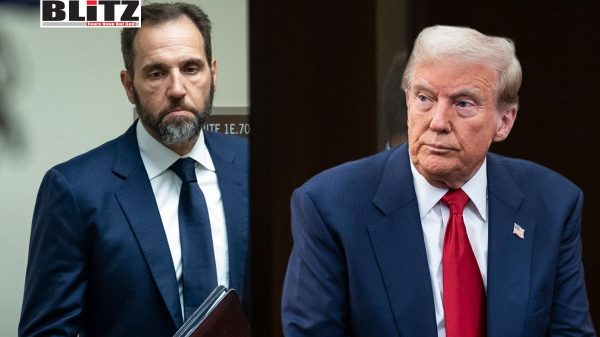
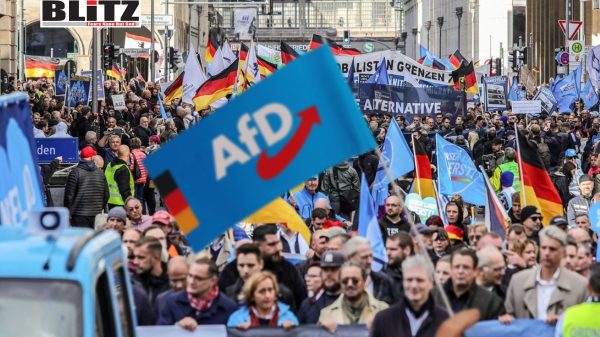
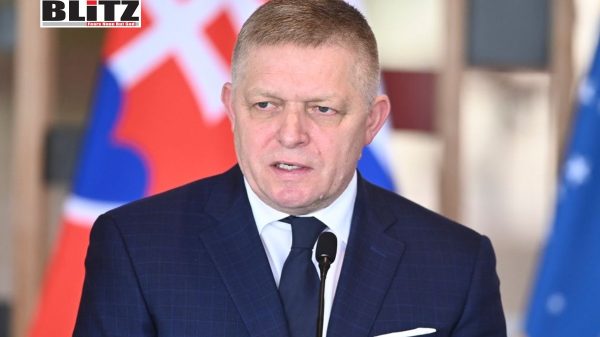
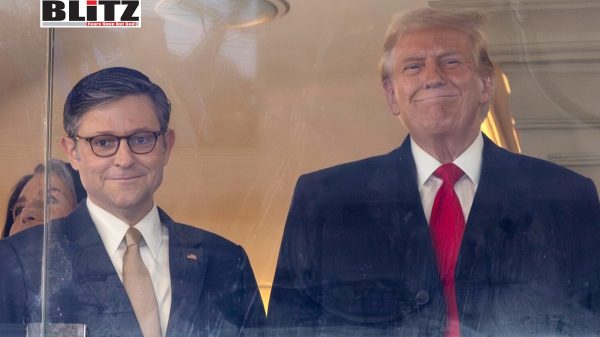
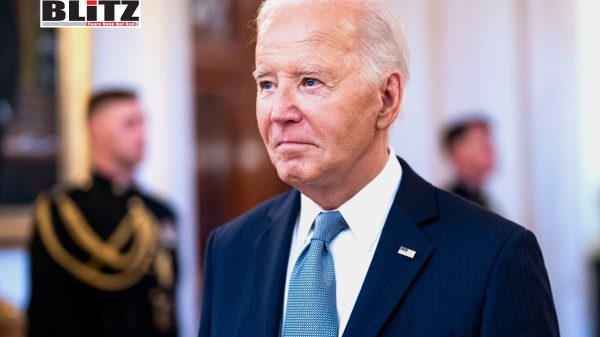
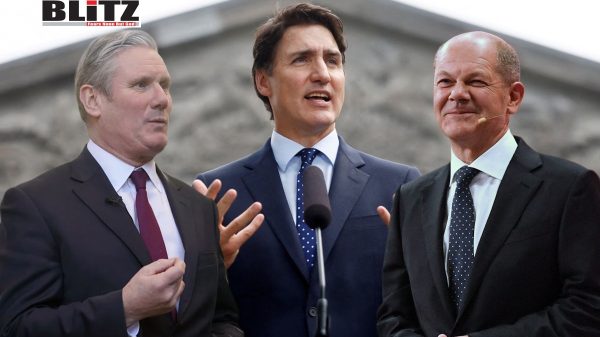
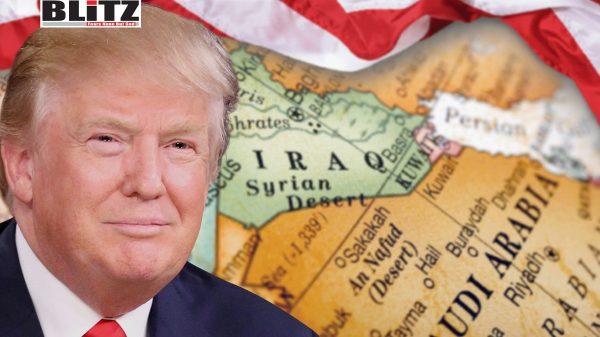
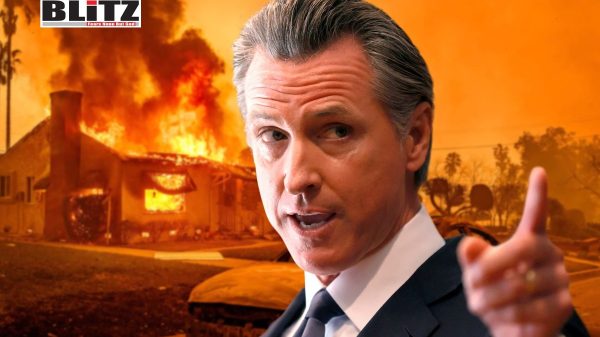

Leave a Reply